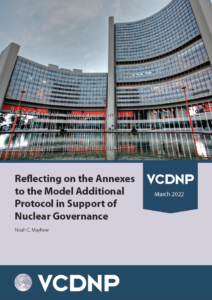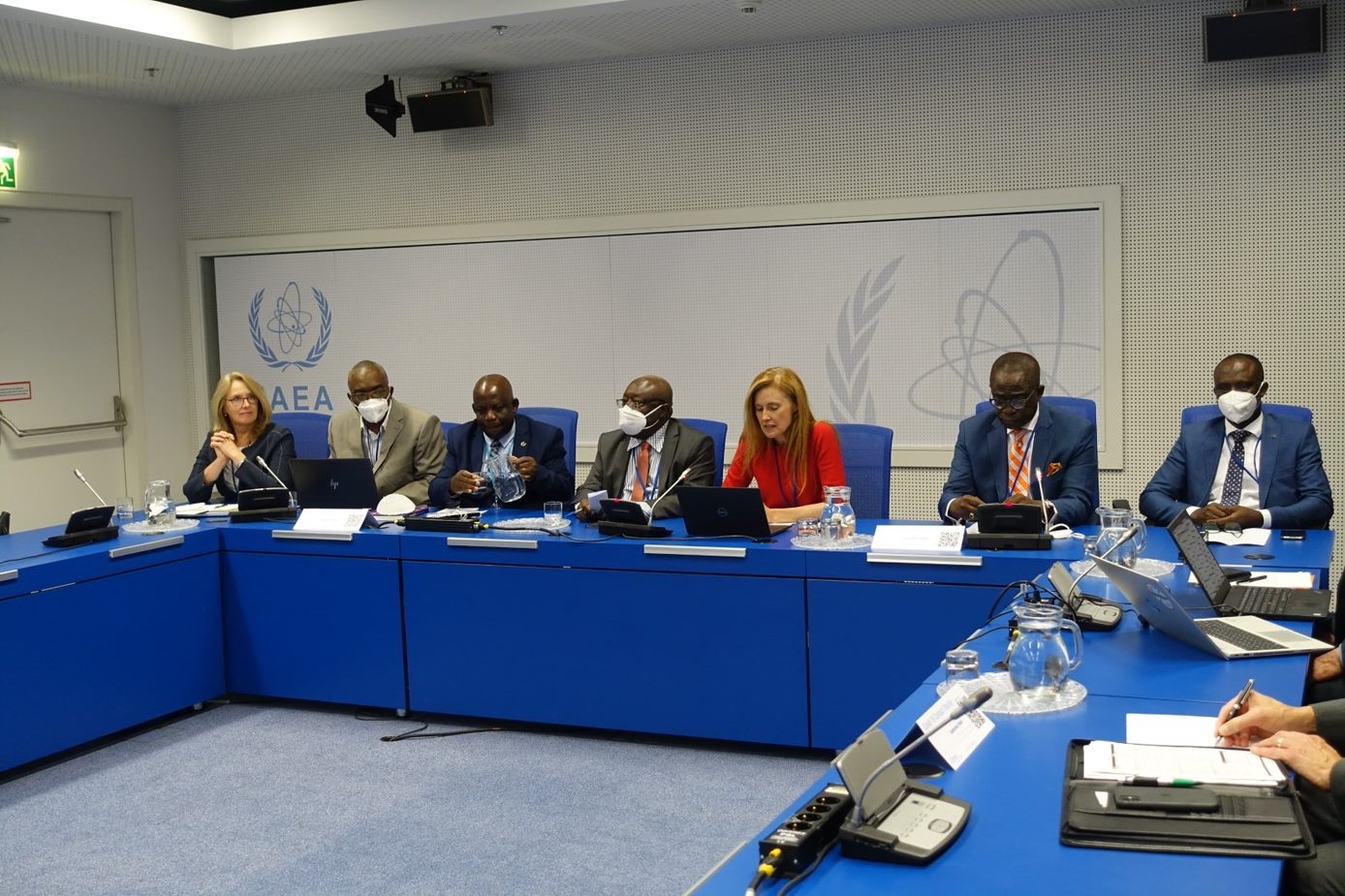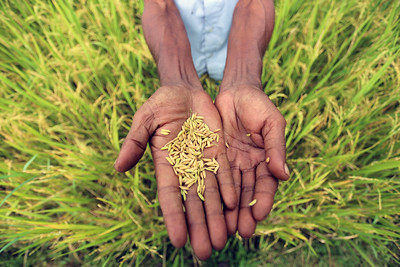

The Model Additional Protocol (MAP), approved in 1997 by the Board of Governors of the International Atomic Energy Agency (IAEA), is a supplementary, voluntary legal instrument to safeguards agreements between States and the IAEA. An additional protocol based on the MAP provides the IAEA with more tools to verify the absence of undeclared nuclear activities or material in a State. Among these tools are expanded reporting requirements, including (but not limited to) those outlined in the MAP’s two Annexes. The purpose of the Annexes is to provide the IAEA with a fuller picture of a State’s nuclear-related activities in order to help with the planning for, implementation and evaluation of safeguards.
Annex I of the MAP requires reporting to the IAEA on the scale of operations for each location engaged in activities contained in Annex I and was designed to address key chokepoints along the nuclear fuel cycle. Annex II, which requires reporting on the exports and imports of specified equipment and non‑nuclear material, was crafted based on technological capabilities along the fuel cycle at the time the MAP was approved by the Board a quarter century ago.
Twenty five years have passed since the Board first approved the MAP, yet the provision to update the Annexes has yet to be invoked. Meanwhile, technological advancements in recent decades since the MAP’s approval may necessitate the inclusion of further materials and technologies that are not reflected in the Annexes but have implications for safeguards.
The VCDNP carried out a project with technical analysis of technologies that are not covered in the MAP Annexes but could still be considered significant in terms of safeguards planning, implementation and evaluation. The author of the resulting report, VCDNP Research Associate Noah Mayhew, conducted this analysis on 38 distinct technologies, materials and types of nuclear installations and presents 12 case studies of particularly compelling examples of technologies not covered under the Annexes. Among the case studies are technologies such as accelerator‑driven systems, neutron measurement systems for process control during reprocessing activities and equipment required to produce feedstock for the electromagnetic isotope separation technique. The author argues that closing the identified gaps in the Annexes could significantly improve the planning, implementation and evaluation of safeguards. The report also includes analysis of the Annexes more broadly, including the purpose of the Annexes and their origins.
The VCDNP extends its thanks to the Foreign Commonwealth and Development Office of the United Kingdom for its generous support that funded this project.


By continuing to use the site, you agree to the use of cookies. more information
The cookie settings on this website are set to "allow cookies" to give you the best browsing experience possible. If you continue to use this website without changing your cookie settings or you click "Accept" below then you are consenting to this.